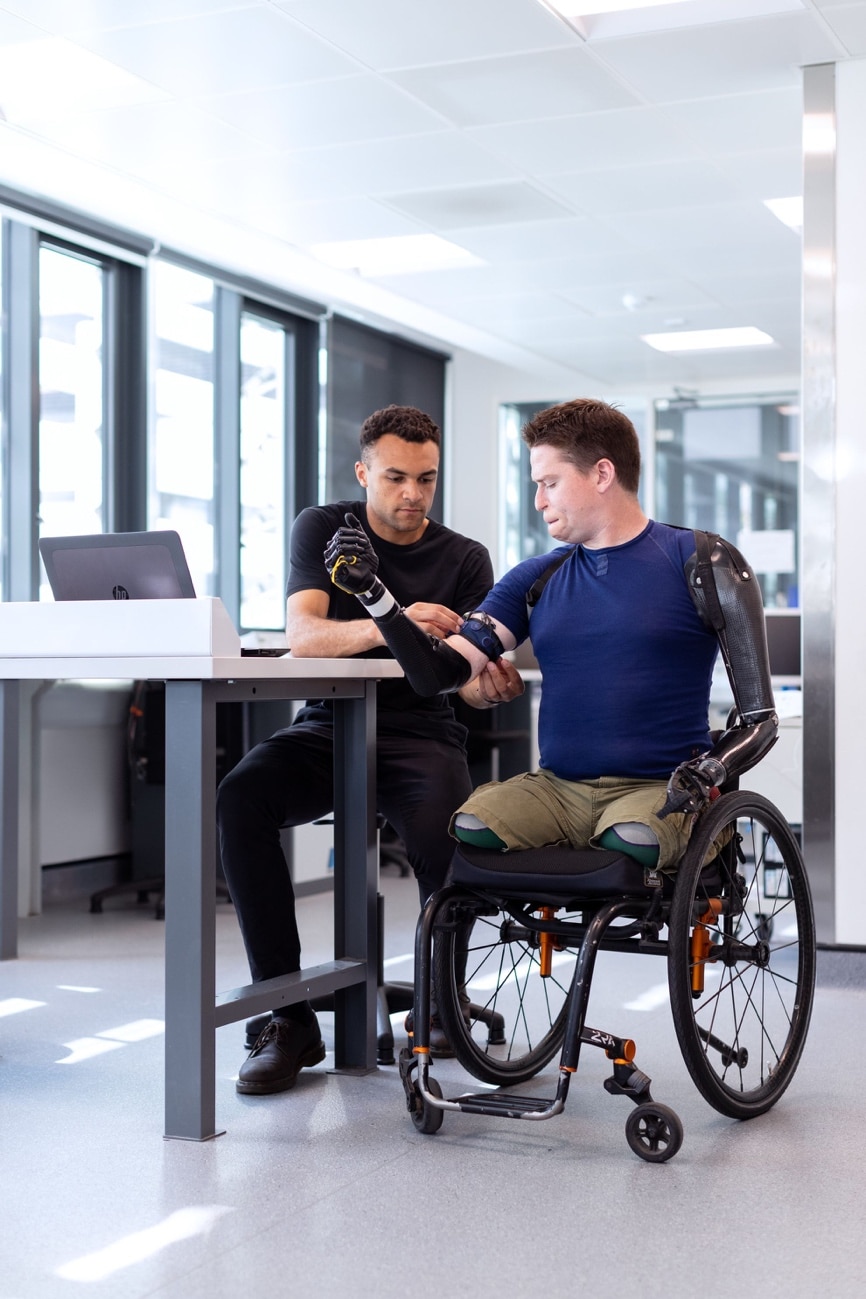People with physical disabilities struggle to accomplish various tasks that ordinary people can perform with ease and speed. Thankfully, technology has contributed to the increase in the quality of life among the disabled with assistive devices.
Assistive technologies are slowly removing barriers that limit the potential of men and women with disabilities, allowing them to live independently and productively despite their conditions. Below are some examples of popular assistive devices that people with various disabilities are using.
Communication devices
Many communication devices integrate assistive technology to help people with disabilities in their daily lives. For instance, hearing aids help people with hearing impairments hear more clearly, while media transcription software produces real-time captions that lets them synthesize the information they receive when watching movies and other forms of digital media. Finally, screen readers and enlargement applications enable individuals with sensory and mobility impairments to use computers, gadgets, and mobile devices. There are also voice recognition devices that allow people with disabilities to write documents automatically.
Assistive technologies for home use
Smart technologies for home use such as Amazon Echo or Google Home assist people with physical limitations to use computer devices through voice commands. Disabled people use these innovative tech assistants in accomplishing various tasks, such as scheduling appointments, playing music, current events, and ordering products and services easily without lifting a finger. In addition, smart control applications installed on mobile devices enable function as an alternative input method for controlling appliances, including air conditioning, lights, heaters, fans, and many more.
Assistive safety and security devices
For the elderly and people with physical disabilities, wearable bracelets and pendants allow them to seek emergency medical help at the touch of a button. These devices alert emergency medical units to respond to a user’s location within minutes. It is advantageous among the mute and deaf individuals who do not have the faculties to communicate their concerns through emergency helplines like 911.
Adaptive tools
Individuals with physical disabilities who can’t use their hands to perform activities of daily living such as eating, writing, cooking, grooming, dressing up, and playing games can use specialized handles and grips to use utensils, keyboards, and switches. There are also adaptive technologies that let people with disabilities safely operate cars.
Eye-tracking devices
Eye trackers are communication and control devices that follow the eye movements of people with speed impairments to operate their computers and mobile devices using eye movements. People with sensory impairments can interact and communicate with the world through specialized software by moving their eyes. Individuals with Lou Gehrig disease, for instance, utilize eye trackers to generate speech while the software programs feature word completion technology. Unfortunately, these assistive systems are highly sophisticated and expensive and rarely produced for mass consumption.
Final thoughts
Technology has made it possible for people with sensory and physical impairments to live happily. The use of assistive and adaptive devices and software programs contributes to their sense of well-being, allowing them to build up their confidence and enhance their mood in the long run.




